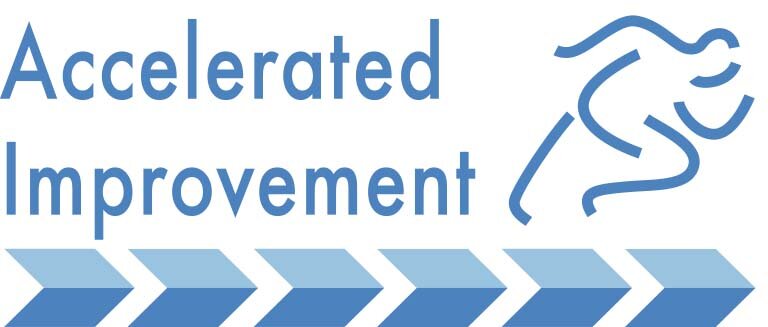Integrating lean and mass engagement.
(Medical Devices)
Process Overview used (click image to view full size)
Background to case study:
"Celtic Tiger" had created complacency around the inevitability of success
Lean process had started
Highly risk adverse culture driven by degree of regulation
High levels of cynicism that “management” had the genuine will and the capacity to change the situation
Minority of low-performing employees having a disproportionate effect on the culture
650 employees
Results:
76% plant productivity increase (3 years), 100%+ 5 years
40% lead time reduction (12 months)
$9m saving in cost of goods sold (12 months)
Recognised as corporate benchmark for both Lean and engagement
Approach extended into the Global Supply Chain 12 months later
Improvements in all areas on employee engagement survey
Measurable “Behavioural Standards”*, key to establishing a “new and agreed”, culture were established
Diagnostic conclusions:
Economic complacency needed to be addressed prior to the economic downturn (January 03) so that the business was in a strong position when it happened
Lean process needed to be leveraged by the creation and sustainment of high levels of discretionary effort
“New” culture to be explicitly created by all employees for all employees
Process:
Senior Team workshop to decide the level of engagement process necessary to deliver the results required to achieve the business objectives
They also decided issues such as what employees were being engaged about, what was “up for grabs..and what wasn’t” and the logistics of how to engage all employees within as short a period as possible at minimum disruption to the business
ALL employees attended short workshops where they identified the behavioural data necessary for employees and managers to agree the leadership and wider Behavioural Standards* that will form a key part of the new culture and elected their own employee reps to address all these issues
Employee (10) and management (2) reps agreed the organisation's Behavioural Standards* by consensus**
Behavioural Standards* and the expectations arising from them, explained in workshops run by internal facilitators from all parts of the organisation including the shop floor
Leadership training in all aspects necessary to create and sustain the new culture including permanent and weekly one hour “Best Practice” workshops run by internal facilitators
Performance Improvement Team coordinate systematic review and actions necessary to sustain the new culture
Notes:
*Behavioural Standards are ways of codifying behaviours that are designed to avoid the weaknesses of using Values (too much scope for interpretation and “political” behaviour) and Rules (too restrictive) as the method of ensuring accountability. The effect is to hold leaders (and others) accountable and do so in a “light touch but tough” way-much more effective than approaches such as Political Correctness!!
** Consensus is widely misunderstood and often confused with “compromise”. The method used here:
ensures that all people who make the decision have publicly committed that this is the best outcome available having exhausted all possibilities
drives innovative problem-solving
